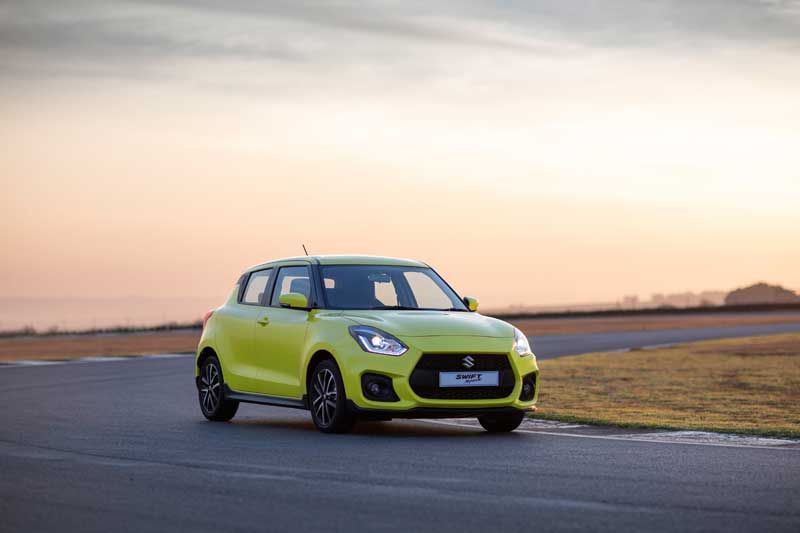The Suzuki Swift 1.4T Sport is like a curveball in a match – unexpected, thrilling, and game-changing. Often perceived as a younger person’s sporty ride, it presents an exhilarating alternative to the market’s usual suspects: the Volkswagen Polo, Ford Fiesta, and Toyota’s Yaris.
While the Swift might seem like a cheeky hatchback. Underneath, it’s a refined piece of Japanese engineering. Just as the Honda Jazz has its niche, the Suzuki Swift 1.4T Sport fills its own – but is it merely a feisty firecracker?
Why the Suzuki Swift 1.4T Sport? The essence of this article is not to cast away your other preferences but to make you take a second look at a car that might otherwise be underrated. And, as a pre-owned vehicle, it makes for a lot of bang for your hard-earned bucks.
Did you know that Suzuki has been repeatedly lauded for its reliability, right alongside giants like Honda and Toyota? In South Africa, this car’s quickly gathering a fanbase of not just the younger crowd but seasoned drivers too who appreciate its zesty character combined with practicality.
Understanding the Suzuki Swift 1.4T Sport
On paper, the Swift 1.4T Sport fits neatly into the supermini category, challenging competitors like the Volkswagen Polo GTI, Ford Fiesta ST, and Renault Clio RS. However, its sporty flair and bold design choices set it apart from the herd.
Notably, the Swift 1.4T Sport doesn’t quite mix it with those supermini hot hatches. It is an exercise in lightweight design: 103kW and 230Nm. That’s all you need to propel this car through the twisties at speed. Driving a ‘slow’ car fast provides far more rewarding driving pleasure than driving a fast car slow.
On the local market, the Suzuki Swift Sport has made a significant impression, especially among those who want a touch of sportiness without breaking the bank. The 1.4T denotes its turbocharged engine, adding that extra pep many car enthusiasts crave.
This model boasts a range of features that make it more than just a city car. Its comfortable interiors, robust infotainment system, and safety features like ABS, ESP, and multiple airbags are standard, making it a solid choice for those who want style and substance.
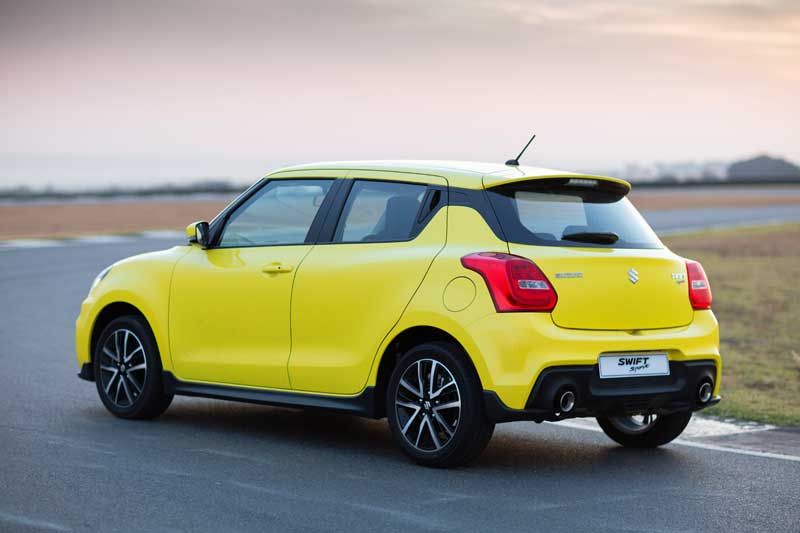
A Peek Under the Hood
Driving the Swift Sport is a treat, thanks to its 1.4-litre BoosterJet engine. This turbocharged beauty delivers a punchy 103kW and 230Nm of torque, making city overtaking and highway cruising a breeze. While it’s economical, sipping just 6.1 litres per 100km, the Swift Sport is all about spirited driving.
For gearheads, the Swift offers both manual and automatic transmissions. If you’re looking for a more connected driving experience, the manual should be your pick. But if ease and convenience are what you seek, the automatic won’t disappoint.
Should I Look Out For Anything?
As reliable as Suzukis are, like any car, there are things to watch out for. If you’re looking at a used Swift Sport, check the wear on the tyres – these cars can be driven hard, which might indicate the overall treatment. Pay attention to how it handles during quick acceleration, as some owners may have frequently enjoyed its turbocharger a bit too enthusiastically. Always check service records and insist on a comprehensive inspection.
It’s vital to be aware of some commonly reported problems, even if they might be relatively rare or minor:
- Turbocharger Issues: Given that the Swift Sport uses a turbocharged engine, some owners have reported issues related to the turbo. This ranges from lag in power delivery to the turbo failing to kick in altogether. While not widespread, it’s crucial to listen for unusual noises and gauge if the turbo engages smoothly during a test drive.
- Gearbox Glitches: Both the manual and automatic versions of the Swift Sport have had occasional reports of notchy gear changes or difficulties slotting into specific gears, especially when the vehicle is cold. If you encounter any resistance or unusual grinding noises during gear changes on a test drive, it might be a red flag.
- Electronics and Infotainment: Modern cars come packed with electronics, and the Swift Sport is no exception. Some owners have noted glitches with the infotainment system, like it freezing or the touch response being laggy. Additionally, sporadic reports of sensor malfunctions (like parking sensors) have cropped up.
- Brake Noise: A few Swift Sport owners have mentioned squeaky brakes, especially when the car is new or after prolonged periods of inactivity. While brakes can squeak for a variety of reasons, including environmental factors, persistent noise can be a sign of a potential issue.
- Uneven Tyre Wear: While this can be an issue with many vehicles, some Swift Sport users have reported faster wear on the inside edges of their front tyres. This could be related to alignment, driving style, or even suspension setup. Always check tyre wear when considering a used car.
- Clutch Wear: Some manual Swift Sport models, particularly those driven hard, can show premature clutch wear. If the clutch feels overly soft or if there’s a noticeable slip when applying power, it might be on its way out.
While the Suzuki Swift 1.4T Sport might have common issues, it’s essential to remember that these problems don’t plague every unit. Many owners have a hassle-free experience with their Swift Sports. As with any used car purchase, a thorough inspection and test drive are paramount. It’s always a good idea to get a trusted mechanic to check the vehicle and to look for a model with a full service history. The Swift Sport, when maintained well, can be a rewarding and reliable hatchback.
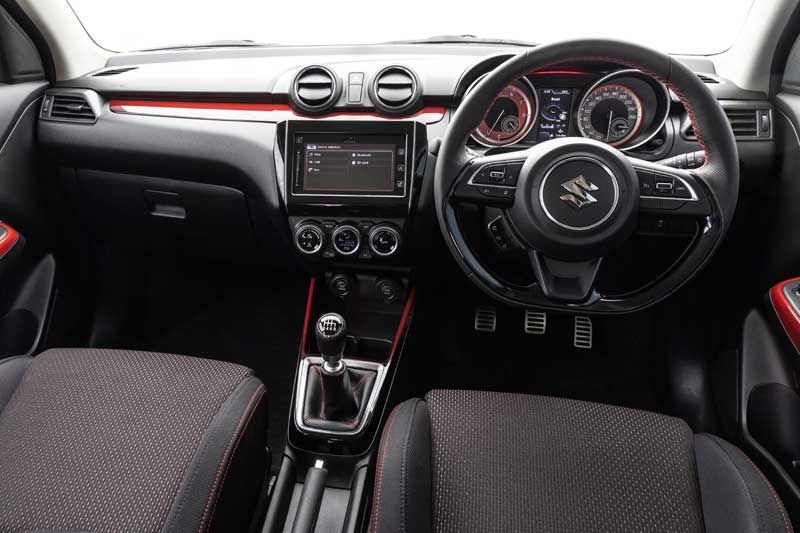
Maintenance Costs
Maintaining a car isn’t just about its upfront price or fuel efficiency. Owning a car, especially a sporty variant, involves considering the long-term costs of keeping it in tip-top shape. The Suzuki Swift 1.4T Sport, with its youthful vigour and zestful performance, is no different. Let’s delve deeper into the maintenance aspects of this nifty hatchback.
- General Servicing: The Suzuki Swift Sport, despite its sporty inclination, tends to have relatively affordable service costs. Suzuki’s reputation for producing durable and reliable vehicles extends to the Swift Sport. While the regular Suzuki Swift has slightly lower maintenance costs, the Sport’s is not exorbitantly higher. Expect routine servicing, including oil changes, air filter replacements, and general inspections.
- Spare Parts: A significant factor in maintenance costs is the price of spare parts. Thankfully, Suzuki’s global presence and the popularity of the Swift series mean that parts are generally available at a reasonable price. Parts like brake pads, spark plugs, and filters are competitively priced, especially compared to some European sporty counterparts. However, sport-specific parts, such as the turbocharger or specialized sport suspension components, may come at a premium.
- Tyres: Given its sporty nature, the Swift Sport requires higher-performance tyres, especially if you intend to push the car to its limits. Performance tyres wear out faster and are generally pricier than standard ones. If you’re using the car primarily for city commuting, you could consider a middle-ground tyre that offers both performance and longevity.
- Insurance: While not directly a ‘maintenance’ cost, insurance for sporty variants can be higher than their non-sport counterparts. Factors like the car’s performance, its appeal to younger drivers (who might be deemed higher risk), and the likelihood of sporty cars being driven aggressively can all impact insurance premiums.
- Fuel Efficiency: The Suzuki Swift Sport’s 1.4-litre BoosterJet engine is turbocharged, providing better performance but sometimes at the cost of fuel efficiency, especially if driven hard. While it’s not a gas-guzzler, driving in a spirited fashion frequently can increase your visits to the petrol station.
- Wear and Tear: Sports cars, even entry-level ones like the Swift Sport, are often driven harder than your average city car. This can lead to faster wear and tear on components like the clutch, brakes, and even the turbocharger. If you tend to enjoy the full range of the RPM often, factor in slightly higher costs for replacing these components over time.
- Resale Value: One of the benefits of the Suzuki Swift Sport is its robust resale value, especially in markets where the car is popular. While this isn’t a maintenance cost per se, it’s a financial aspect to consider, as a good resale value can offset some of the maintenance expenses over the years.
While being an enthusiast’s car, the Suzuki Swift Sport retains much of the brand’s ethos for reliability and cost-effectiveness. Its maintenance costs are reasonable for its class, especially when compared to European sport hatchbacks. However, as with any car, especially performance-oriented ones, careful and regular maintenance can go a long way in ensuring longevity and minimising long-term expenses.
NOTE: These maintenance costs and issues can vary depending on the specific model year and how well the previous owner(s) maintained the vehicle. It’s always recommended to inspect any used vehicle thoroughly and, if possible, have a trusted mechanic conduct a pre-purchase inspection to assess its condition and identify potential issues.
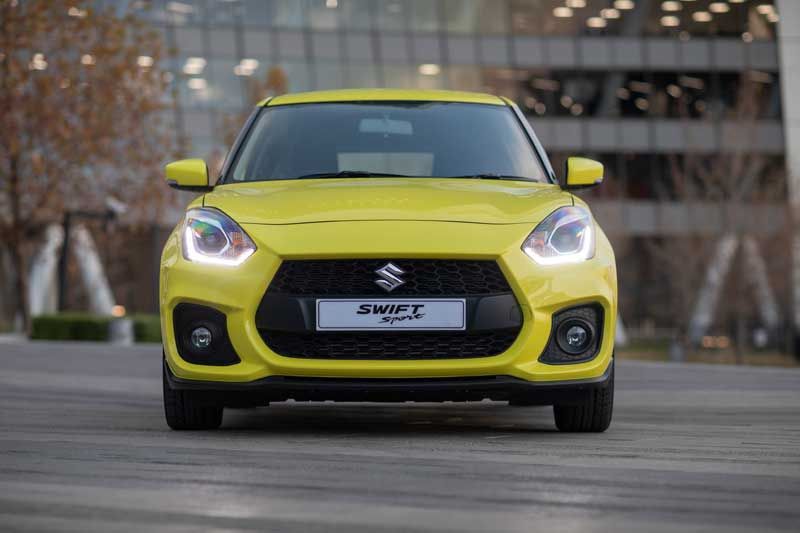
Owner Forums and Dealerships
Utilize online owner forums and communities specific to the Suzuki Swift. In fact, we’ve scoured them for information for this article – and they’ve proven incredibly valuable in our research. These platforms often contain helpful information about common issues, recommended service centres, and other owners’ experiences. Additionally, Suzuki dealerships can provide information on service costs, known issues, and any recalls or warranty information.
Value-For-Money
Given its versatility and reliability, the Suzuki Swift 1.4T Sport offers excellent value for money, especially when buying used.
The Swift’s reputation for durability means it holds its value well in the used car market, with a high demand.
The Pre-Purchase Inspection
When buying a used Swift Sport, a comprehensive pre-purchase inspection is crucial. Start with a visual inspection, looking for signs of accident damage, rust, or other body issues. Check the service history to ensure regular maintenance has been carried out.
Key areas to focus on during a mechanical check are the suspension components, brakes, engine performance, and transmission.
A thorough pre-purchase inspection can give you invaluable insight into a used Swift Sport’s condition and potentially save you from unexpected repair costs down the line. Here are key areas you should pay attention to:
1) Exterior and Bodywork:
Look for any signs of accident damage, rust, or mismatched paint, which may indicate previous repairs. Pay particular attention to the undercarriage for any signs of damage. Remember to check the condition of the tyres for tread depth and even wear.
2) Interior and Equipment:
Check the condition of the upholstery, dashboard, and all controls. Ensure all electrical systems work, including windows, locks, lights, wipers, and the infotainment system. Check for any warning lights on the dashboard.
3) Under the Hood:
Inspect the engine for any leaks, odd noises, or visible damage. Check the condition of belts and hoses. Look at the state of the engine oil – it should not be overly dirty or have a milky colour, which can indicate coolant leaking into the oil.
4) Transmission and Drivetrain:
If the car has an automatic transmission, there should be no hard shifting during the test drive. For manual transmissions, the clutch should engage and disengage smoothly. Listen for any unusual noises.
5) Suspension and Steering:
The car should drive straight without pulling to one side. When you’re driving over bumps, listen for any unusual noises. The steering should feel responsive without any excessive play.
6) Service History:
A comprehensive service history can give you peace of mind about the vehicle’s maintenance. Be cautious of a car with missing service records.
7) Professional Inspection:
Even if the car looks great and seems to drive well, getting a pre-purchase inspection from a trusted mechanic is a good idea. They can put the car on a lift, check for hidden damage, and thoroughly examine the Swift Sport.
8) Documents:
Ensure that the vehicle’s paperwork is in order. This includes registration documents, a service book, and a Roadworthy Certificate. The VIN number on the vehicle should match the one on the paperwork.
Performing a pre-purchase inspection might seem like a lot of work, but it’s an essential step in the used car buying process. This inspection can help you avoid vehicles with potential problems and give you more confidence in your purchase decision.
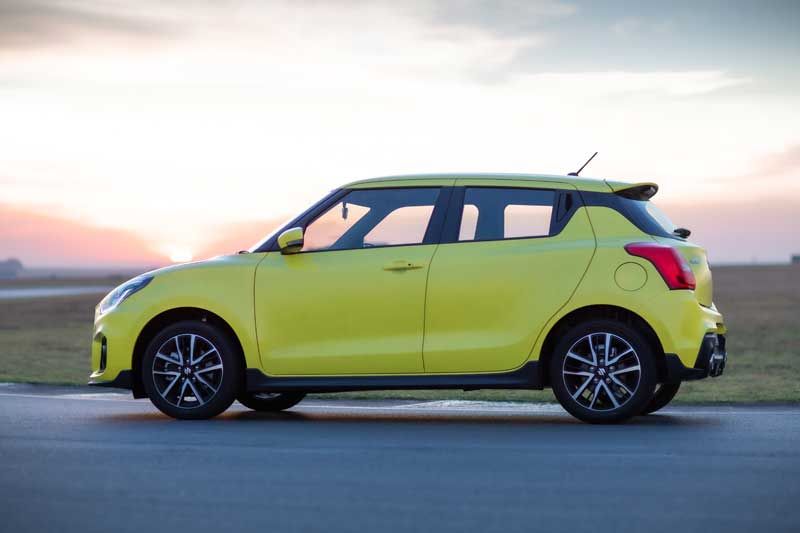
Which Suzuki Swift Sport to Go For?
Most used Swift Sports in the market are quite similarly spec’d, so you’re not spoilt for choice in the way you might be with other models. That said, always opt for a model with a complete service record. If you’re looking for fun, thrilling drives, the manual version of the 1.4T Sport is a definite recommendation.
Final Thoughts
In a world awash with hatchbacks, the Suzuki Swift 1.4T Sport carves out a niche for itself. It’s more than just a stylish city car – it’s a statement. The Swift Sport is for those who want a bit of flair, performance, and reliability without the premium price tag. The Swift Sport challenges you to rethink what a hatchback can be, and in our books, it comes out as a top contender. If you’re in the market, this zippy little Suzuki is well worth a test drive.

